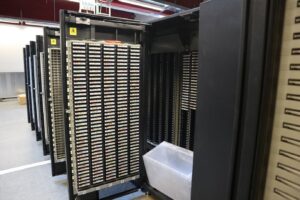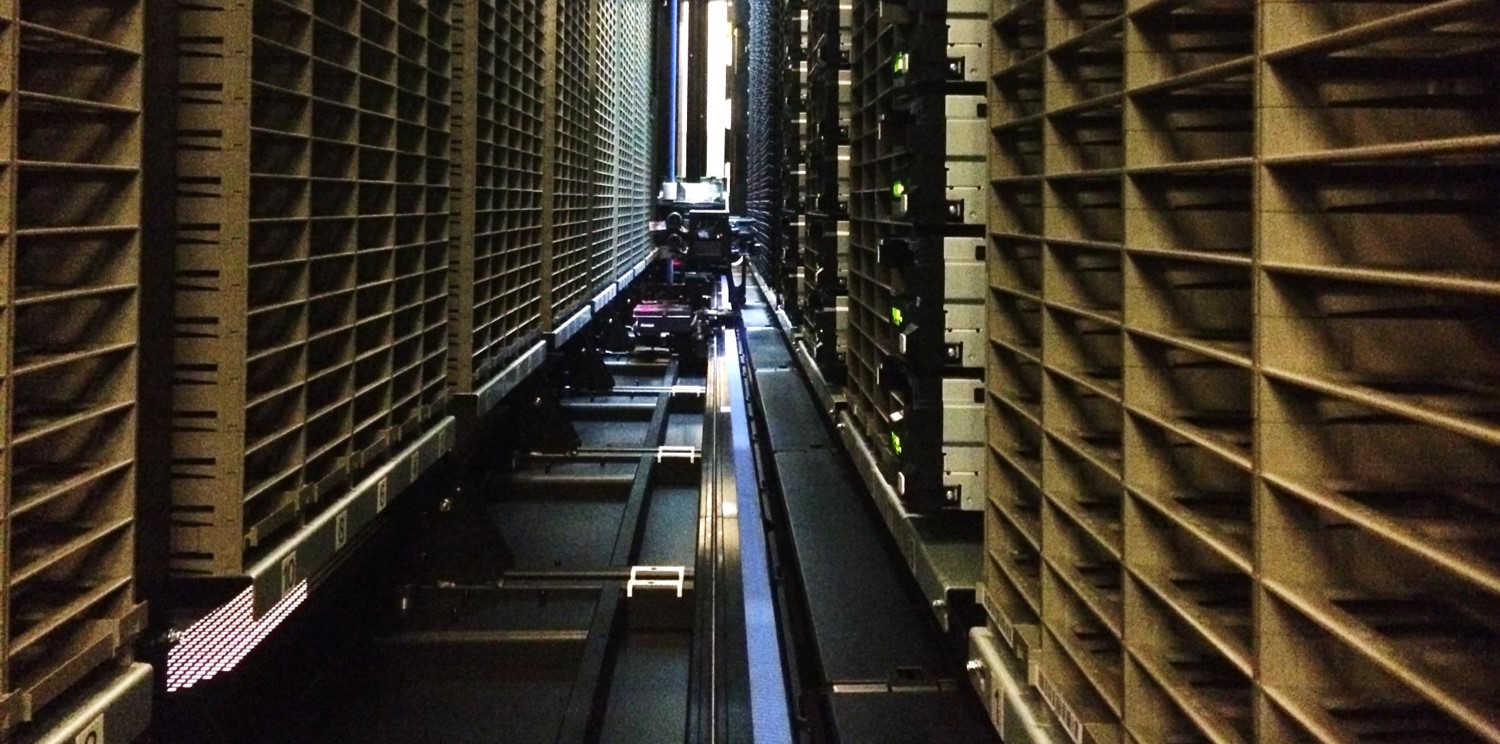Schlagwort: ‘Archivmigration’
Archive Migration – Project Completion

Source: Freepik
“It is done.” These are the words we can now say about the “Archive Migration” project. After more than two and a half years, the last data from the legacy system was migrated to the digital archive or Coscine last week. Now, with the completion of the project, we can review the time and evaluate the progress.
Project Delay Archive Migration

Source: Pixabay
***Update***
Currently, the migration of the archive data is still ongoing and will last beyond the extended project goal. Users whose data has not yet been migrated will be contacted by email. You can check the current status of the migration on our reporting page. (*)
The “Archive Migration” project, in which we are transferring archived data from the TSM inventory system to the new target systems DigitalArchive and Coscine, is developing more and more into a mammoth project. Despite extensive planning of the five sub-projects and comprehensive communication on the classification of the archived nodes, unforeseeable problems occurred and continue to occur in the technical implementation of the migration, which are now leading to a project delay. Read the rest of this entry »
Archive Migration – The Journey Continues!

Source: Pixabay
Archive migration is probably what is called a mammoth project in IT. In addition to the enormous size of around 1.7 petabytes (PB) that needs to be migrated, some of the data has been stored in the archive for a very long time. This in itself is a great result and testimony to a secure and stable archive, but this circumstance caused the project team around the archive migration one or the other challenge.
The Archive Migration – What has Happened so far…

Source: Pixabay
The archive migration is an important step in the transition of long-term data storage at RWTH Aachen University. Whereas research data can be archived on the Coscine integration platform, the DigitalArchive provides long-term storage for data without a research context.
The Metadata Form – Migrate Archive Nodes via Metadata

Source: Unsplash
We know it too well ourselves from moves of all kinds: if we know what is contained in the boxes, it is much easier for us to decide whether we still want to keep certain contents or whether we can say goodbye to them. For this reason, we at least write on the box what is included and where it belongs.
The same goes for data that we want to archive, for example. We don’t have boxes available, but we can “label” the nodes to be archived with metadata. To do this, the appropriate node contacts receive a dedicated link to a metadata form about what exactly belongs to an archive node. What this is all about, you can read in this article.
Archive becomes DigitalArchive
New technology, familiar service, convenient access

The tape library is the home of the previously archived data. In the future, archiving will take place on S3 object storage.
Source: Own illustration
December 08, 2021 is an important deadline for all users of the archive and all those who would like to archive data from administration, teaching and university operations in the future.
The contents of the current archive will be migrated to an object storage infrastructure beginning in December. We have already reported on the archive migration and will continue to keep you updated. The archive will therefore inevitably be set to “Read Only” from 08.12.2021. However, you can continue to use the archiving service, because the start of the new DigitalArchive will coincide with this date.
Bye, bye simpleArchive – Life is simple, but not easy… or is it?

Source: Pixabay
On October 5, the time has come: We say goodbye to simpleArchive. What this service has made possible for us and how you can archive research data in the future, you can read in this blog post.
Preparation is Key – Prepare Archive Nodes and Migrate without Worries

Source: Own illustration
In fall, the archive nodes contained in the archive will be migrated. Until then, however, there is still a lot to do. While work is going on behind the scenes on the front end for the new Digital Archive and for the metadata form, among other things, we are also hard at work getting the new infrastructure up and running. But, for our node contacts, too, preparation is key. For this reason, we call on you to use the opportunity and the time until the migration to sift through archive nodes, prepare them if necessary, or even make the decision to part with data that is no longer needed or needs to be kept. In this article you will learn how to prepare your archive nodes for migration. Read the rest of this entry »
Archive Migration – the Big Move of Archived Data

Source: Unsplash
The Archive service enables RWTH employees to store data on a tape robot system for the long term. Archiving data in this way is primarily used to store data that, once stored, should also be stored in this form for the long term.
In the past, data inventories were stored here, primarily documenting measurement results, completed projects or project briefs. With the changes in the funding landscape, which among other things also rethink and demand the keeping of research data, the Archive service is also being rethought. This is partly because the current inventory system will be decommissioned in the summer of 2022 and partly because there is a need to hold data in a structured way in the future. So it’s time for a changeover.




